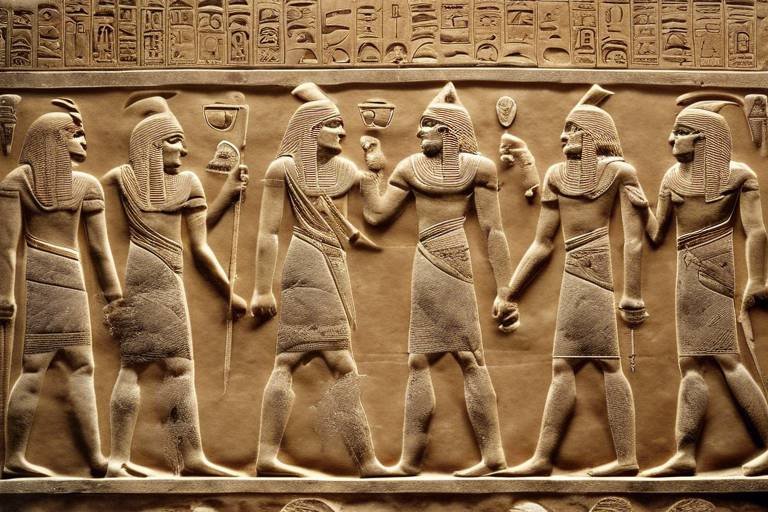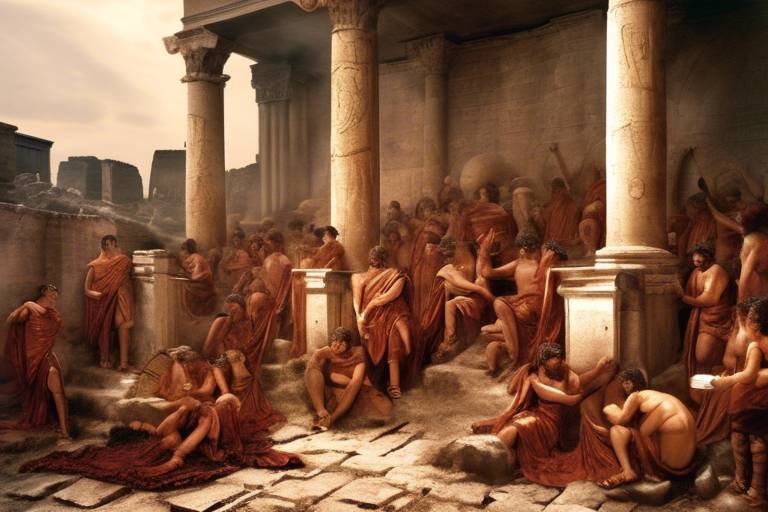The Decline of the Aegean Civilizations - A Historical Analysis
Exploring the factors that led to the decline of the ancient Aegean civilizations, including the Minoans and Mycenaeans, reveals a complex tapestry of events that shaped the region's history and culture. The once-thriving societies that flourished in the Aegean region faced a multitude of challenges that ultimately contributed to their downfall, leaving behind a legacy that continues to intrigue historians and archaeologists alike.

Environmental Challenges
Exploring the factors that led to the decline of the ancient Aegean civilizations, including the Minoans and Mycenaeans, and their impact on the region's history and culture.
Throughout history, the ancient Aegean civilizations faced numerous environmental challenges that significantly impacted their sustainability and eventual decline. Natural disasters, such as earthquakes and volcanic eruptions, were not uncommon in the region, posing a constant threat to the stability of these advanced societies. The unpredictable nature of these events often led to widespread destruction, disrupting daily life and causing long-term repercussions.
Imagine living in a society where the ground beneath your feet could suddenly tremble, buildings could crumble, and entire cities could be engulfed by volcanic ash. The Minoans and Mycenaeans had to navigate these environmental hazards, which not only caused physical damage but also instilled fear and uncertainty among the population. The continuous threat of natural disasters created a sense of vulnerability, making it challenging for these civilizations to thrive and prosper.
Moreover, the environmental challenges faced by the Aegean civilizations were not limited to geophysical events. Factors such as climate change, deforestation, and soil degradation also played a role in destabilizing the region. Changes in weather patterns and environmental degradation affected agricultural productivity, leading to food shortages and economic strain. The inability to adapt to these environmental changes further weakened the resilience of the Aegean societies, contributing to their eventual downfall.
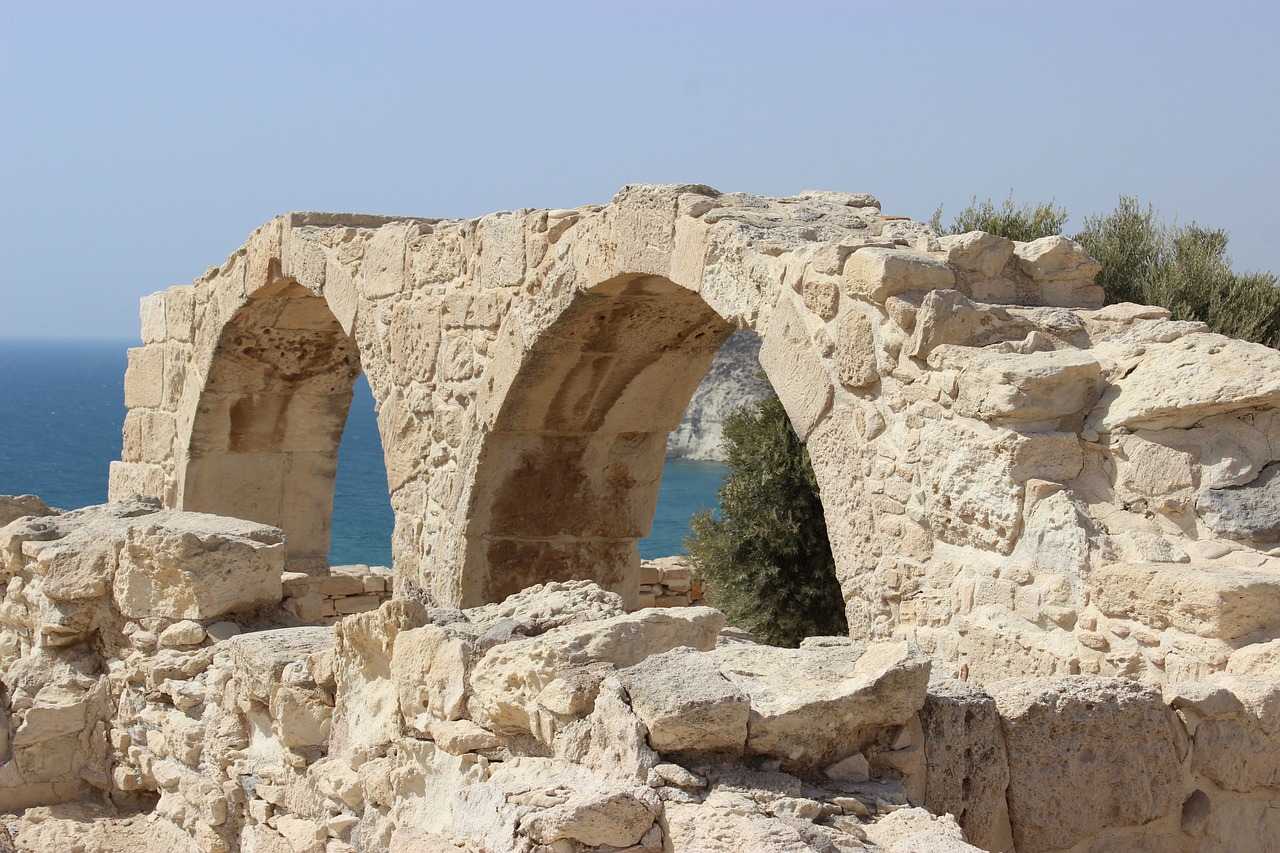
Invasion and Conflict
The tumultuous era of invasion and conflict marked a pivotal turning point in the history of the Aegean civilizations. Waves of invasions from neighboring regions, internal strife, and external conflicts all converged to weaken the once-mighty societies of the Minoans and Mycenaeans. The relentless onslaught of external forces, such as the Sea Peoples, posed a significant threat to the stability and security of the Aegean region. These invasions not only disrupted trade routes and economic networks but also instigated widespread chaos and destruction.
The internal discord within the Aegean societies further exacerbated their vulnerability to external threats. Power struggles among the ruling elite, social unrest among the common populace, and territorial disputes all contributed to the overall destabilization of the region. The lack of unity and cohesion within the Aegean city-states left them susceptible to conquest and domination by more organized and aggressive adversaries.
Moreover, the escalation of conflicts, both within and beyond the borders of the Aegean civilizations, drained their resources and manpower, further weakening their ability to defend against external incursions. The constant state of warfare and the perpetual cycle of violence ultimately hastened the decline of these once-prosperous cultures, leading to their eventual demise and disappearance from the historical narrative.
As the Aegean civilizations struggled to fend off invasions and quell internal conflicts, their once-great cities lay in ruins, their cultural achievements overshadowed by the chaos of war. The legacy of invasion and conflict serves as a cautionary tale, reminding us of the fragility of even the most advanced societies in the face of external aggression and internal discord. The echoes of ancient battles reverberate through the corridors of time, urging us to learn from the past to safeguard the stability and prosperity of our own modern civilizations.
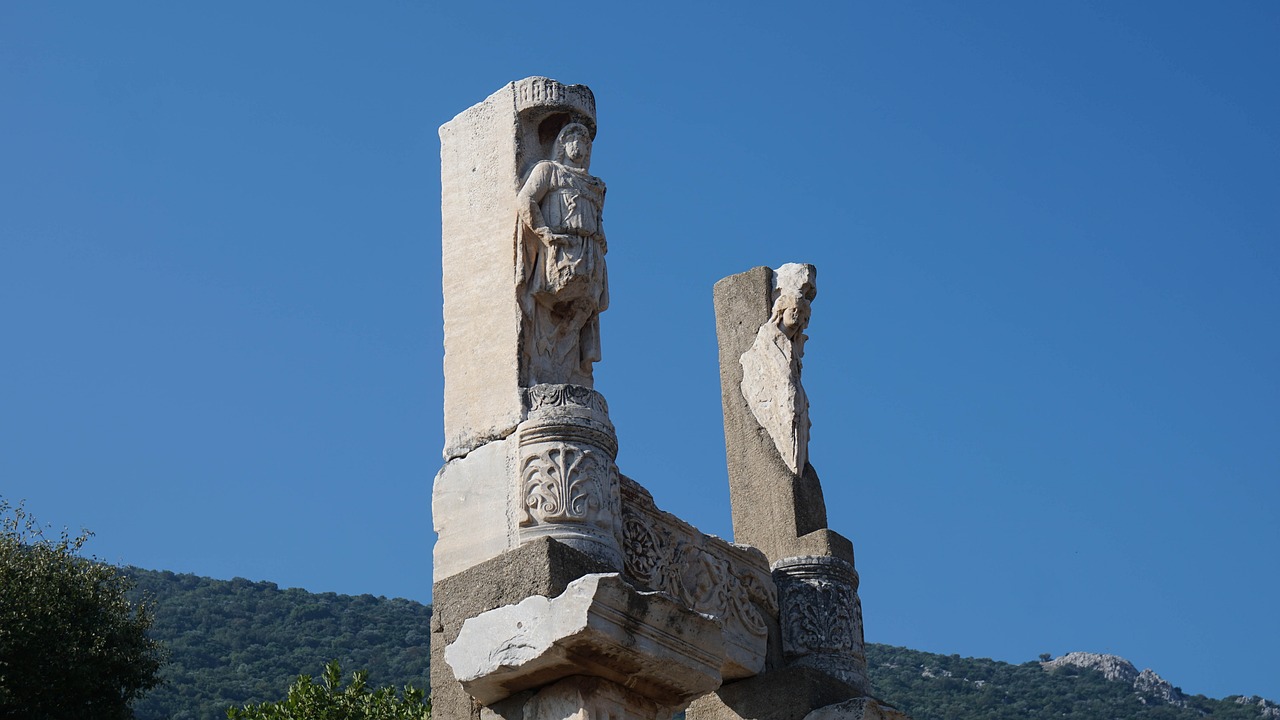
Economic Decline
During the ancient Aegean civilizations, economic decline played a pivotal role in their downfall. The once prosperous economies of the Minoans and Mycenaeans faced significant challenges that ultimately led to their decline. One of the primary factors contributing to this economic downturn was the disruption of trade routes. The Aegean societies heavily relied on trade for resources, goods, and wealth. However, due to various factors such as conflicts, invasions, and natural disasters, these trade routes were disrupted, leading to a decline in economic prosperity.
Resource depletion also played a crucial role in the economic decline of the Aegean civilizations. As these societies expanded and developed, the demand for resources increased significantly. This led to overexploitation of natural resources, such as timber, metals, and agricultural land. The depletion of these vital resources not only impacted the economy but also affected the overall sustainability of the civilizations.
Moreover, the lack of diversification in the economy of the Aegean civilizations made them vulnerable to economic shocks. With a heavy reliance on specific industries or trade partners, any disruptions in these sectors could have severe consequences. The failure to adapt to changing economic conditions and explore new opportunities further exacerbated the economic decline of these ancient societies.
Additionally, the emergence of new trade routes and economic centers outside the Aegean region posed a significant challenge to the once dominant economies of the Minoans and Mycenaeans. As other civilizations flourished and developed advanced trading networks, the Aegean societies struggled to compete and maintain their economic prowess. This shift in the economic landscape further accelerated the decline of the Aegean civilizations.

Social Unrest and Political Instability
Exploring the factors that led to the decline of the ancient Aegean civilizations, including the Minoans and Mycenaeans, and their impact on the region's history and culture.
Amidst the once-glorious Aegean civilizations, a storm of social unrest and political instability brewed, threatening the very foundations of these ancient societies. The fabric of their existence began to unravel as class divisions deepened, and power struggles intensified.
The echoes of discontent reverberated through the streets, as the common people grappled with the oppressive weight of inequality and injustice. The ruling elite, consumed by greed and self-interest, turned a blind eye to the growing dissatisfaction simmering beneath the surface.
As tensions mounted, dissent spread like wildfire, fueling a sense of disillusionment and disenchantment among the populace. The once-stable political structures crumbled under the weight of corruption and incompetence, plunging the Aegean civilizations into a state of chaos and uncertainty.
The erosion of trust in leadership and the breakdown of social order paved the way for internal strife and external threats to exploit the vulnerabilities of these once-mighty civilizations. The seeds of their downfall were sown in the fertile ground of unrest and instability, ultimately leading to their demise.
Q: What were the main causes of the decline of the Aegean civilizations?
A: The decline of the Aegean civilizations was influenced by a combination of environmental challenges, invasion and conflict, economic decline, social unrest, cultural shifts, and technological stagnation.
Q: How did social unrest contribute to the downfall of the Aegean civilizations?
A: Social unrest created divisions within Aegean societies, leading to political instability, breakdown of governance, and a loss of social cohesion, ultimately weakening the fabric of these ancient civilizations.

Cultural Shifts and Loss of Identity
Cultural shifts and loss of identity played a pivotal role in the decline of the ancient Aegean civilizations, fundamentally altering the fabric of their societies. As external influences seeped into the once-isolated Aegean world, traditional practices and values began to erode, leading to a gradual disintegration of their unique cultural identity. The vibrant tapestry of beliefs, customs, and artistic expressions that once defined these civilizations started to fade, giving way to a more homogenized cultural landscape.
This cultural transformation was not merely a surface change but penetrated deep into the core of Aegean societies, reshaping their collective consciousness and sense of belonging. As new ideas and ideologies permeated through trade networks and interactions with neighboring cultures, the boundaries of what it meant to be Minoan or Mycenaean blurred, causing a sense of disorientation and fragmentation among the populace.
Moreover, the loss of traditional values and practices undermined the social cohesion that had sustained these civilizations for centuries. Class divisions deepened, and social unrest simmered as the old hierarchical structures crumbled under the weight of external influences and internal discord. The once-unified Aegean communities found themselves adrift in a sea of cultural ambiguity, struggling to reconcile their past with the changing tides of the present.
As the foundations of their cultural identity cracked under the pressure of external forces and internal strife, the Aegean civilizations faced an existential crisis unlike any they had encountered before. The very essence of what it meant to be Minoan or Mycenaean was called into question, leaving a void in the collective psyche of the people that could not easily be filled.
Ultimately, the cultural shifts and loss of identity that swept through the ancient Aegean world contributed significantly to the decline of these once-mighty civilizations. As they grappled with the challenges of a rapidly changing world, the Minoans and Mycenaeans found themselves adrift in a sea of uncertainty, their once-proud heritage fading into the mists of history.
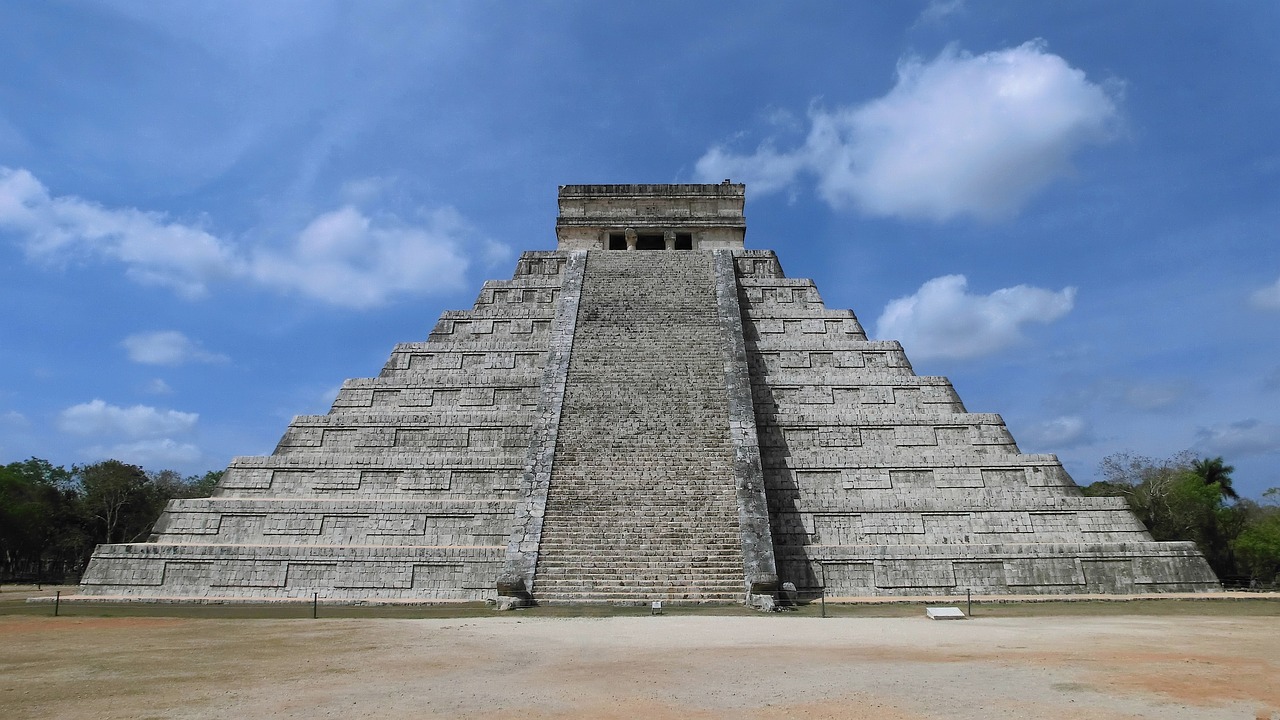
Technological Stagnation
During the ancient Aegean civilizations, a notable factor that contributed to their decline was technological stagnation. While other regions were advancing rapidly in various fields, the Aegean societies failed to keep pace with these innovations, leading to a stagnation in their technological development. This lack of progress hindered their ability to compete with neighboring civilizations and adapt to changing circumstances.
The Aegean civilizations, including the Minoans and Mycenaeans, found themselves falling behind in crucial areas such as metallurgy, shipbuilding, and agricultural techniques. This technological lag not only limited their economic growth but also left them vulnerable to external threats and internal challenges. Without continuous advancements and improvements, their society became increasingly isolated and unable to respond effectively to the evolving world around them.
Moreover, the absence of technological innovation hindered the Aegean civilizations' ability to enhance their military capabilities and defenses. As neighboring societies developed more sophisticated weaponry and strategies, the Aegean states struggled to defend their territories and maintain their power. This technological disparity ultimately weakened their position and left them susceptible to conquest and domination by more advanced civilizations.
The stagnation in technological progress also had profound implications for the cultural and social dynamics of the Aegean societies. Without new tools, techniques, and inventions to drive progress and creativity, the cultural output of these civilizations began to wane. Artistic expressions, architectural achievements, and intellectual pursuits suffered as a result of the technological stagnation, leading to a decline in the overall quality and significance of their cultural heritage.
In essence, the technological stagnation experienced by the Aegean civilizations played a pivotal role in their eventual decline and disappearance from the historical stage. By failing to adapt and innovate in a rapidly changing world, these ancient societies lost their competitive edge, succumbed to external pressures, and ultimately faded into obscurity. The lesson learned from their technological stagnation serves as a cautionary tale for modern societies, emphasizing the critical importance of continuous innovation and adaptation to avoid a similar fate.
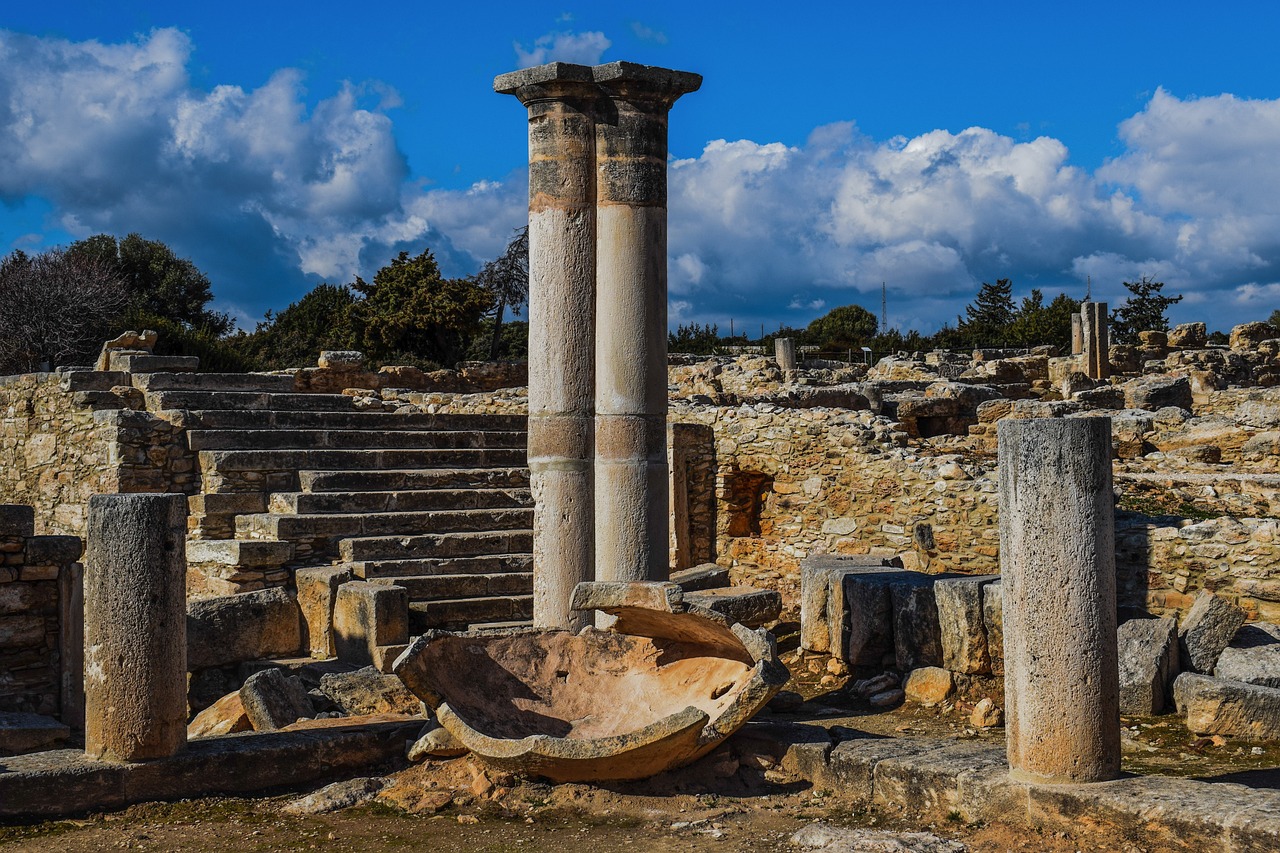
Legacy and Archaeological Discoveries
Exploring the factors that led to the decline of the ancient Aegean civilizations, including the Minoans and Mycenaeans, and their impact on the region's history and culture.
As we delve into the remnants of the Aegean civilizations, we uncover a rich tapestry of legacy and archaeological discoveries that offer us a glimpse into the past. The excavations of ancient sites like Knossos in Crete and Mycenae in mainland Greece have unearthed treasures that speak volumes about the artistic, architectural, and technological prowess of these civilizations.
Through the intricate frescoes, intricate pottery, and advanced engineering marvels, we are able to piece together the daily lives, religious beliefs, and societal structures of the Minoans and Mycenaeans. The legacy of their craftsmanship and artistic achievements continues to inspire awe and admiration, showcasing a level of sophistication that was ahead of its time.
Moreover, the archaeological discoveries provide invaluable insights into the trade networks, economic activities, and political hierarchies of the Aegean civilizations. The artifacts recovered from ancient tombs and palaces shed light on the intricacies of their governance and social structures, offering a window into a bygone era.
As we unravel the mysteries buried beneath the layers of time, we come to appreciate the enduring legacy of the Aegean civilizations and the profound impact they have had on shaping the course of history. The archaeological treasures unearthed from the ruins serve as a testament to the ingenuity and creativity of these ancient societies, leaving an indelible mark on the annals of civilization.
Drawing parallels between the decline of the Aegean civilizations and contemporary challenges, highlighting the importance of learning from history to prevent similar collapses in modern societies.
If you have any questions or queries regarding the decline of the Aegean civilizations or any other historical topics, feel free to explore our FAQ section below:
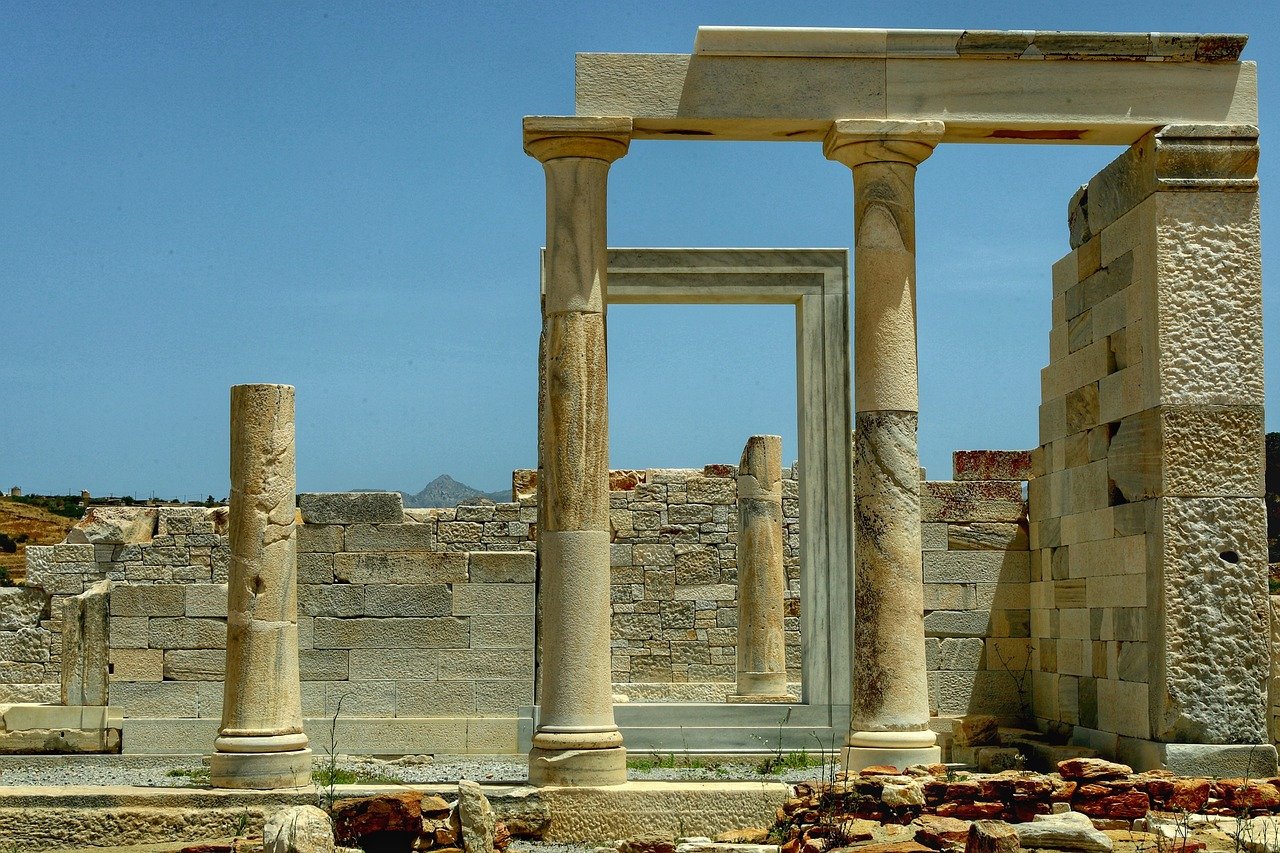
Lessons for Modern Societies
Exploring the factors that led to the decline of the ancient Aegean civilizations, including the Minoans and Mycenaeans, sheds light on a pivotal period in history that shaped the region's trajectory for centuries to come. The rich tapestry of events, ranging from environmental challenges to cultural shifts, played a crucial role in the downfall of these once-mighty civilizations.
As we reflect on the demise of the Aegean civilizations, there are valuable lessons that modern societies can glean from their downfall. By delving into the annals of history, we can extract wisdom that resonates with contemporary challenges and offers insights into how to navigate turbulent times.
One of the key takeaways is the importance of adaptability and resilience in the face of adversity. The Aegean civilizations faced a myriad of challenges, from environmental disasters to economic woes, yet their ability to innovate and evolve in response to changing circumstances ultimately determined their fate.
Moreover, the significance of fostering social cohesion and unity cannot be understated. The internal strife and political discord that plagued the Aegean societies served as a cautionary tale, highlighting the detrimental effects of division and disunity on the fabric of a civilization.
Additionally, the need for sustainable practices and resource management emerges as a critical lesson from the decline of the Aegean civilizations. The depletion of natural resources and the breakdown of trade networks underscore the importance of responsible stewardship of the environment and prudent economic planning.
Furthermore, the impact of cultural preservation and identity maintenance resonates strongly in the modern context. The erosion of traditional values and practices among the Aegean civilizations underscores the fragility of cultural heritage and the imperative of safeguarding it for future generations.
By drawing parallels between the challenges faced by the ancient Aegean civilizations and those confronting modern societies, we can glean valuable insights that inform our approach to governance, sustainability, and societal well-being. History serves as a mirror through which we can reflect on our own actions and choices, guiding us towards a more enlightened path forward.
Frequently Asked Questions
- What were the main environmental challenges that contributed to the decline of the Aegean civilizations?
The Aegean civilizations faced environmental challenges such as earthquakes and volcanic eruptions, which disrupted their daily lives and led to widespread destruction of infrastructure and resources.
- How did invasion and conflict play a role in the downfall of the ancient Aegean civilizations?
Invasions, wars, and internal conflicts weakened the Aegean civilizations, causing social unrest, economic turmoil, and a breakdown of governance systems, ultimately contributing to their collapse.
- What economic factors were responsible for the decline of the Aegean civilizations?
Trade disruptions, resource depletion, and the loss of key trading partners all played a significant role in the economic decline of the Aegean civilizations, leading to a decline in prosperity and stability.
- How did social unrest and political instability impact the Aegean societies?
Social unrest, class divisions, and political instability created internal conflicts within the Aegean societies, weakening their social fabric and governance structures, ultimately contributing to their downfall.
- What role did cultural shifts and loss of identity play in the decline of the Aegean civilizations?
Cultural changes, including the loss of traditional practices and values, eroded the distinct cultural identity of the Aegean civilizations, leading to a loss of unity and shared heritage among the population.
- How did technological stagnation contribute to the decline of the Aegean civilizations?
The lack of technological innovation and progress in comparison to other regions left the Aegean civilizations at a disadvantage, hindering their ability to adapt to changing circumstances and compete effectively.
- What insights can be gained from the legacy and archaeological discoveries of the Aegean civilizations?
The lasting legacy and archaeological discoveries of the Aegean civilizations provide valuable insights into their history, culture, and societal structures, helping us to understand the factors that led to their decline and disappearance.
- What lessons can modern societies learn from the decline of the Aegean civilizations?
By drawing parallels between the challenges faced by the Aegean civilizations and contemporary issues, modern societies can learn the importance of sustainable practices, social cohesion, and innovation to prevent similar collapses in the future.




